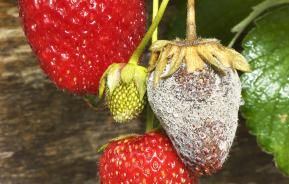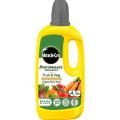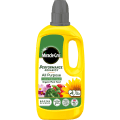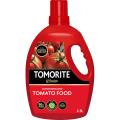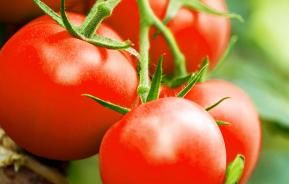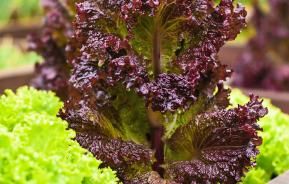1. Find the perfect spot
Allotment gardening has enjoyed a real resurgence in recent years, but you don’t have to have a dedicated plot to grow your own. Start smaller by sectioning off an area of your back garden or installing a couple of raised beds. Many vegetables and fruit can also be grown in containers on a patio or balcony.
Read our guide to know more about growing fruit and veg in containers.

2. Plan ahead
Most fruits and vegetables have a natural season - a time in the year when harvests will be at their most ripe and delicious. What this means for you is that there’s also often the best time to plant them. Get yourself a diary or calendar and pencil in appointments with yourself for sowing and harvesting your plants.
3. Mix it up
Even if your vegetable garden is smaller, or you’re going to be growing food in a couple of containers, try to vary what you’re planting. Your first bumper crop of green beans will be exciting, but several smaller crops of different fruits and vegetables over the course of the year will keep you enthused - and you’ll learn so much more.
Read our guide to know more about how to start growing your own fruit and vegetables.
4. Types of soil
A simple squeeze test will give you an idea whether your soil tends towards clay, sand, or loam. It will also help you establish whether you’ll need to prepare the soil before you start sowing your produce. Potatoes, carrots and onions will fare well enough on the ground in clay soil, but for strawberries you might be better using a raised bed or container with topsoil.
If you have an acid soil (do a pH test if unsure) then you can grow blueberries and raspberries but most fruit and veg don’t do well in this type of soil so best to have some raised beds or containers filled with All purpose compost.
5. Enrich your soil
If you’re using compost add a generous layer to the soil before planting. Alternatively, fertiliser can be added to help nourish your new fruit and vegetable plants. You can find various organic varieties suitable for edible crops.

6. Sow far, sow good
The most appropriate planting method will vary depending on the type of food you’re growing. Bulbs and some seeds can go straight into the ground but more vulnerable varieties can be started off in seed trays then hardened off and transplanted later. Novice gardener? Lots of vegetables are available as plug plants already partially grown so that you can just transplant them into your plot and then focus on keeping them happy until they’re ready to harvest and enjoy.
7. Just add water
Plants need water for photosynthesis - the process that enables them to transform sunlight into food and makes them grow. Some plants can thrive with less water than others so keep an eye on the plants themselves for signs of dehydration and be extra vigilant during times of drought. When you do water your plants, stick to the early morning or late afternoon/early evening when the sun isn’t so strong.
8. Cover up
Some fruits and vegetables are particularly vulnerable to frost or to birds and insects, so it’s a good idea to reduce the potential threat by providing them with appropriate cover. Polythene will protect against harsh weather conditions and pests, so it’s ideal for crops that need to retain heat or are vulnerable to frost. A fine mesh cover won’t provide the same protection from the weather but is breathable and will keep out most insects. If rabbits or even cats are an issue, try chicken wire dug 6 inches into the ground to stop rabbits burrowing.
9. Harvest timely
Once ripe, some crops are happy to wait in the ground or on the plant a little while longer until you’re ready to eat them such as carrots. Others will be tastier if harvested quickly such as sweetcorn and peas.You’re on the home straight, but this is a crucial time so keep a close eye on your ripening plants. If you think a crop is ready but you’re not sure, let your taste buds decide.
10. Enjoy
Much of the supermarket-bought food we eat has travelled a long way to reach our table. The food you grow will be super fresh and in season which means it’s likely to be incredibly tasty. The fact that you’ve grown it yourself will be all the more satisfying!
Now you’ve been able to enjoy the fruits of your labours from your garden, sign up to our newsletter to expand your gardening know-how with essential tips and advice from the experts.




